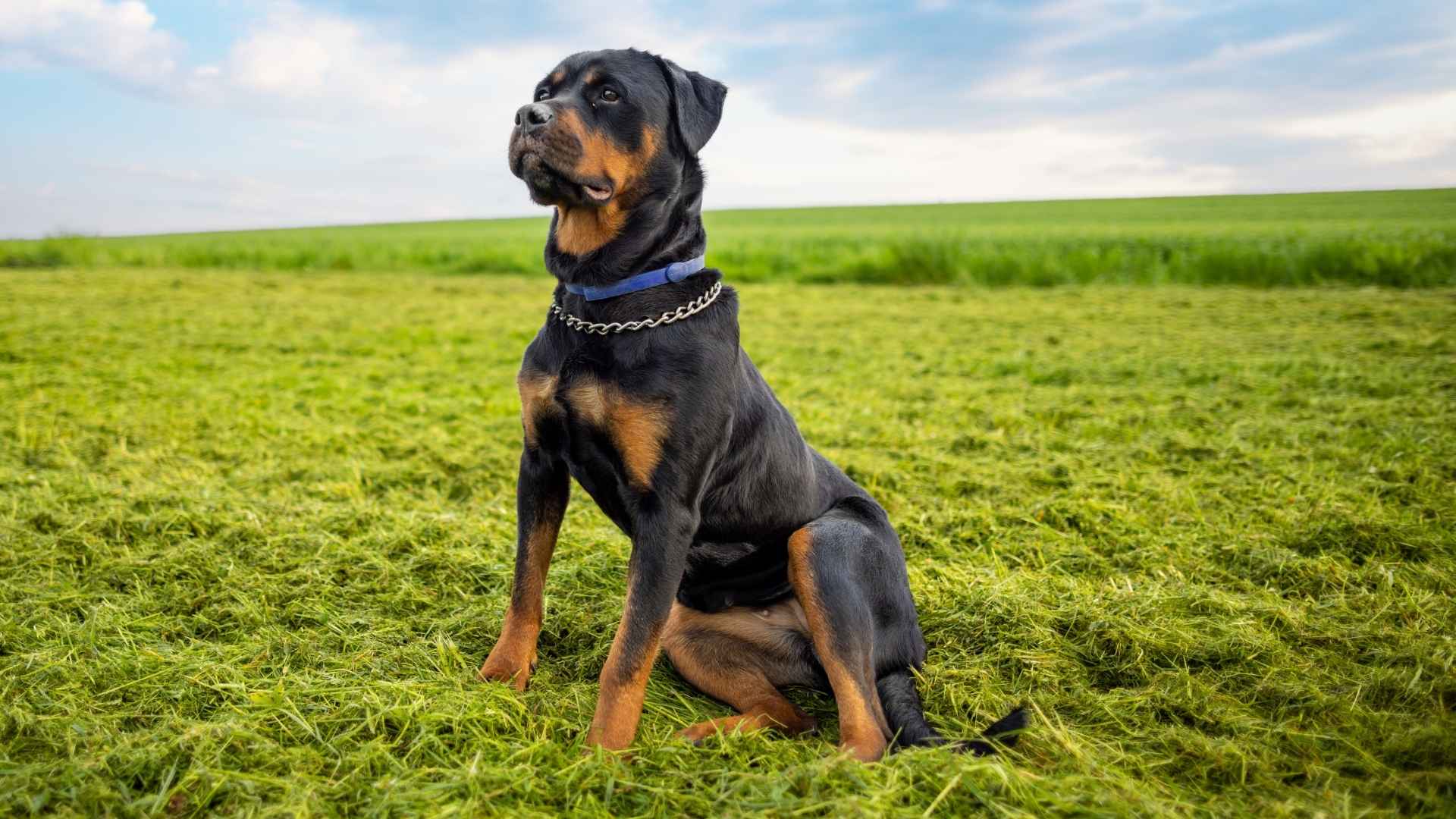Life on a farm or large estate comes with plenty of rewards, but it also comes with its share of challenges. Long days tending to livestock, caring for crops, and maintaining property leave little room to worry about safety. That’s where guard dogs step in. For centuries, farm dogs have been trusted to watch over animals, property, and families.
In fact, according to 2014 USDA data, 23.5% of U.S. sheep farms and 33% of goat farms rely on livestock guardian dog breeds to protect their flocks. These numbers show just how vital working dogs remain for farmers today.
When chosen carefully, livestock guardian dog breeds can make all the difference in keeping predators like coyotes and other wild animals at bay. These working dogs aren’t just muscle; they’re loyal companions, natural guardians, and quick learners who thrive with proper training.
They can protect livestock, alert owners to threats, and even fit right into family life when given consistent training and care. Whether your needs lean toward herding sheep, defending cattle, or guarding your property from intruders, the right dog breed can be an invaluable partner.
In this article, we’ll explore the best guard dog breeds for large estates and farms, highlighting their unique traits.
Best Guard Dog Breeds for Large Estates and Farms
1. German Shepherd
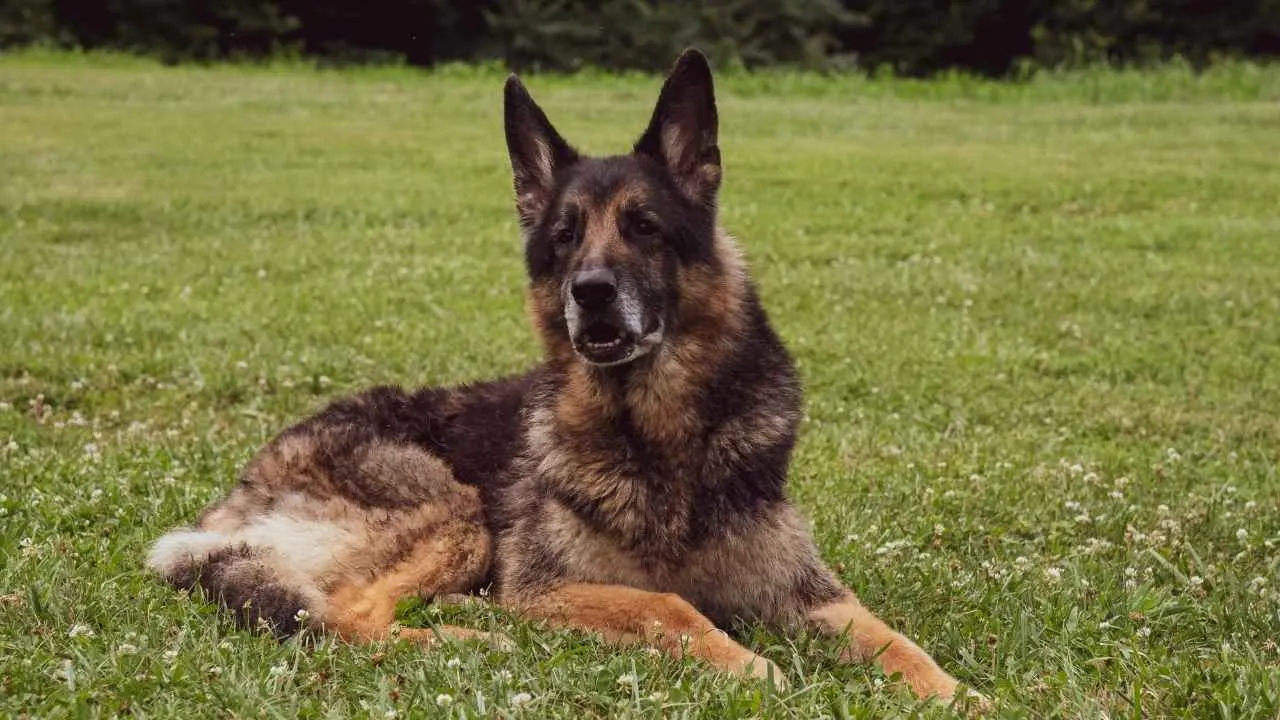
Breed Profile
Breed Group: Herding Group
Height: 24–26 inches (male), 22–24 inches (female)
Weight: 65–90 lbs (male), 50–70 lbs (female)
Lifespan: 7–10 years
The German Shepherd is one of the most versatile and hardworking dogs in the world. Originally bred as herding dogs, they are now trusted in roles like police work, military service, guarding, and even acting.
They are intelligent, loyal, and quick learners, which makes them excellent guard dogs for farms, families, and property. Their commanding bark and strong build often deter intruders before they even act.
On the farm, German Shepherds prove useful in many ways. These dogs are sensitive and highly intelligent, which makes them easy to train, but this also means they can become hypervigilant if not guided properly.
With consistent training and early socialization, they are dependable protectors and loyal companions for both humans and other animals.
Despite their tough reputation, German Shepherds have a gentle side. They bond closely with their families and can be affectionate, especially with kids when socialized from a young age.
2. Australian Shepherd
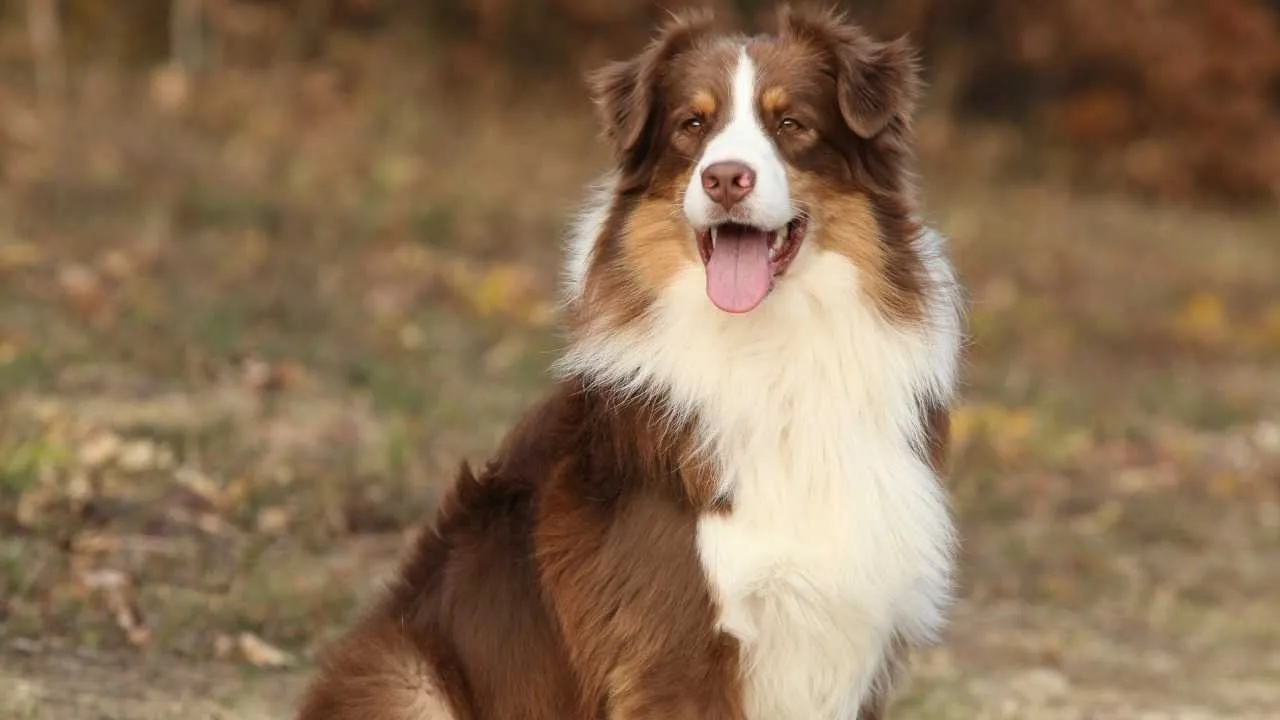
Breed Profile
Breed Group: Herding Group
Height: 20–23 inches (male), 18–21 inches (female)
Weight: 50–65 lbs (male), 40–55 lbs (female)
Lifespan: 12–15 years
The Australian Shepherd is a hardworking farm dog that thrives on open land. They are natural herders, known for moving cattle and sheep with energy and focus. Purina says that despite their name, these dogs did not come from Australia.
They originated in the Basque region of Europe before making their way through Australia to the American West, where they became the cowboys’ favorite working partner.
Aussies have high energy levels and need space to run, making them ideal for large estates or farms. They do best when given a job, whether it’s herding livestock, guarding against predators, or competing in herding trials. Their versatility has also made them valuable in search-and-rescue, therapy, and even police work.
Beyond the work, Australian Shepherds are affectionate, smart, and loyal to their families. They are even-tempered, eager to learn, and happiest when they can stay active.

For owners with plenty of land and livestock, this breed is a reliable and devoted partner who brings both energy and companionship to farm life.
3. Australian Cattle Dog
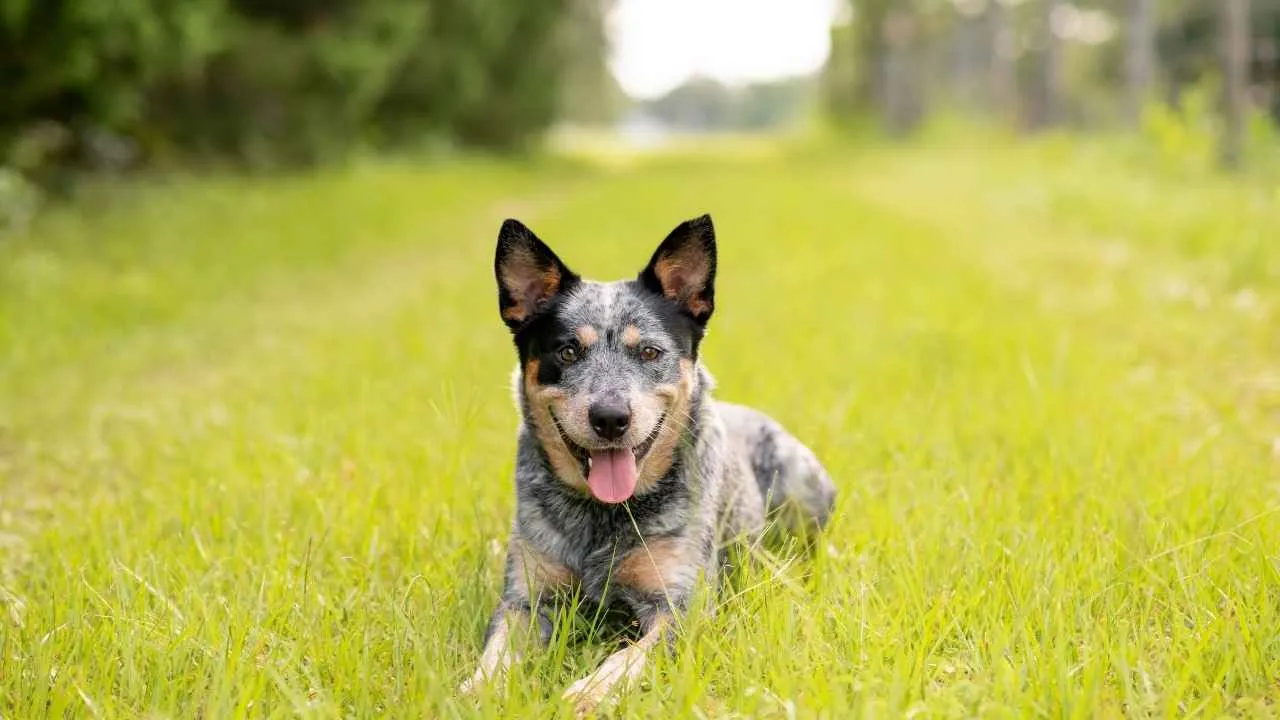
Breed Profile
Breed Group: Herding Group
Height: 18–20 inches (male), 17–19 inches (female)
Weight: 35–50 lbs
Lifespan: 12–16 years
The Australian Cattle Dog is a rugged and determined worker built for tough farm life. This dog is known as the blue heeler or red heeler, depending on coat color.
According to PetMD, it gets its name from the way it nips at the heels of animals while herding. Closely related to the dingo, this breed is famous for its stamina, intelligence, and unwavering loyalty.
These dogs are high-energy and thrive when given space to run and a job to focus on. They are quick learners and excel in tasks requiring both strength and sharp thinking. Without early training or enough work, however, they may grow restless or anxious.
Farmers should also be mindful when introducing them to children or smaller animals, as their strong protective instincts can make them wary.
Beyond their work drive, Australian Cattle Dogs are devoted companions. Their alertness and loyalty make them excellent partners for guarding property and helping with other livestock. For active owners who can match their energy, these dogs are not only reliable herders but also faithful family dogs.
4. Great Pyrenees
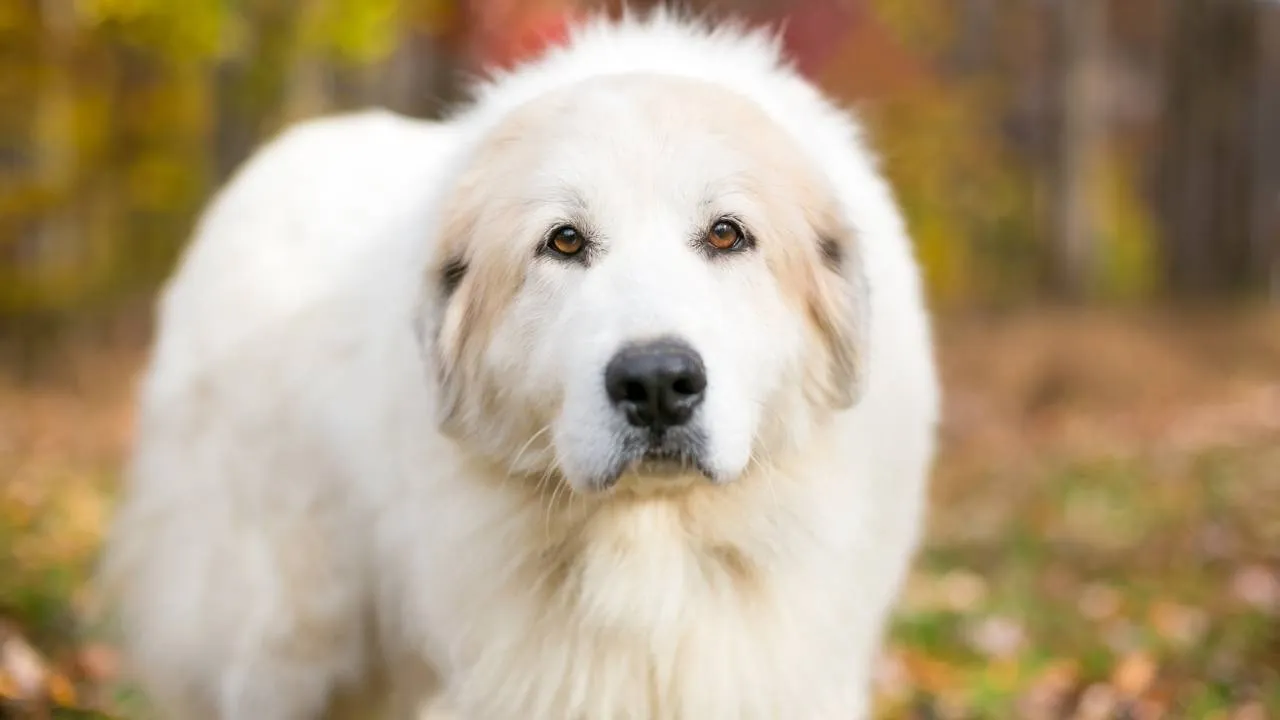
Breed Profile
Breed Group: Working Group
Height: 27–32 inches (male), 25–29 inches (female)
Weight: 100 lbs and up (male), 85 lbs and up (female)
Lifespan: 10–12 years
The Great Pyrenees is one of the oldest and most trusted guardian breeds. Bred in the mountains of Europe to watch over sheep and goats, they have a calm but powerful presence.
These gentle giants form strong bonds with both family and herd, and with the right training, they will protect livestock and property with unwavering dedication.
Their strong sense of loyalty and natural courage make them fearless defenders against coyotes, other dogs, and even human intruders.
Despite their size, Great Pyrenees dogs are relatively easy to care for. They metabolize more slowly than many large dogs, so they eat less than expected.
Owners should note that this breed has double dewclaws, which require trimming every few weeks. Their dense coats were built for cold climates and may lead to skin issues in hotter areas, making regular grooming important to keep them comfortable.
These dogs thrive in rural areas where they can live alongside sheep, goats, or other animals. They are independent thinkers, which means they may not always obey instantly, but this trait makes them excellent at protecting herds without constant supervision.
5. Komondor
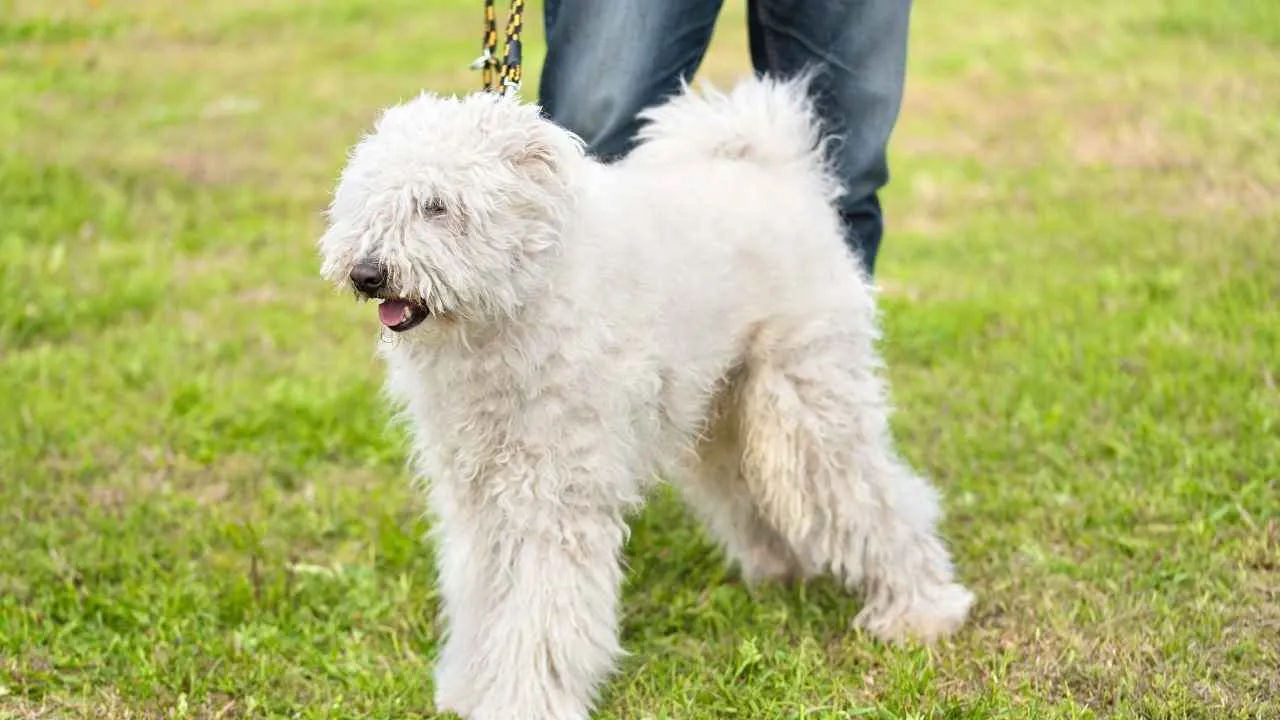
Breed Profile
Breed Group: Working Group
Height: 27.5 minimum inches (male), 25.5 minimum inches (female)
Weight: 100 lbs and up (male), 80 lbs and up (female)
Lifespan: 10–12 years
The Komondor is one of the most striking livestock guardian dogs in the world. Known for its unique corded coat, this breed was developed in Hungary to guard flocks of sheep and cattle. Their appearance helps them blend in with the herd, while their size and strength make them fearless protectors.
Traditionally, they were trusted to stand against predators, even powerful wolves, without hesitation. Komondors are intelligent and fast learners, but their independent nature means they need patient, consistent training.
They can be cautious around strangers and may appear aggressive if they feel their family or flock is threatened. Because of this strong guarding instinct, breeders often recommend them for farms or rural homes where their natural skills are a good fit.
Despite their guarding nature, Komondors can also be loyal pets when raised with care and proper socialization. They are deeply devoted to their families and protective of children.
However, their heavy coats and strong personalities mean they are best suited for experienced owners who understand the needs of working guardian dogs.
6. Anatolian Shepherd
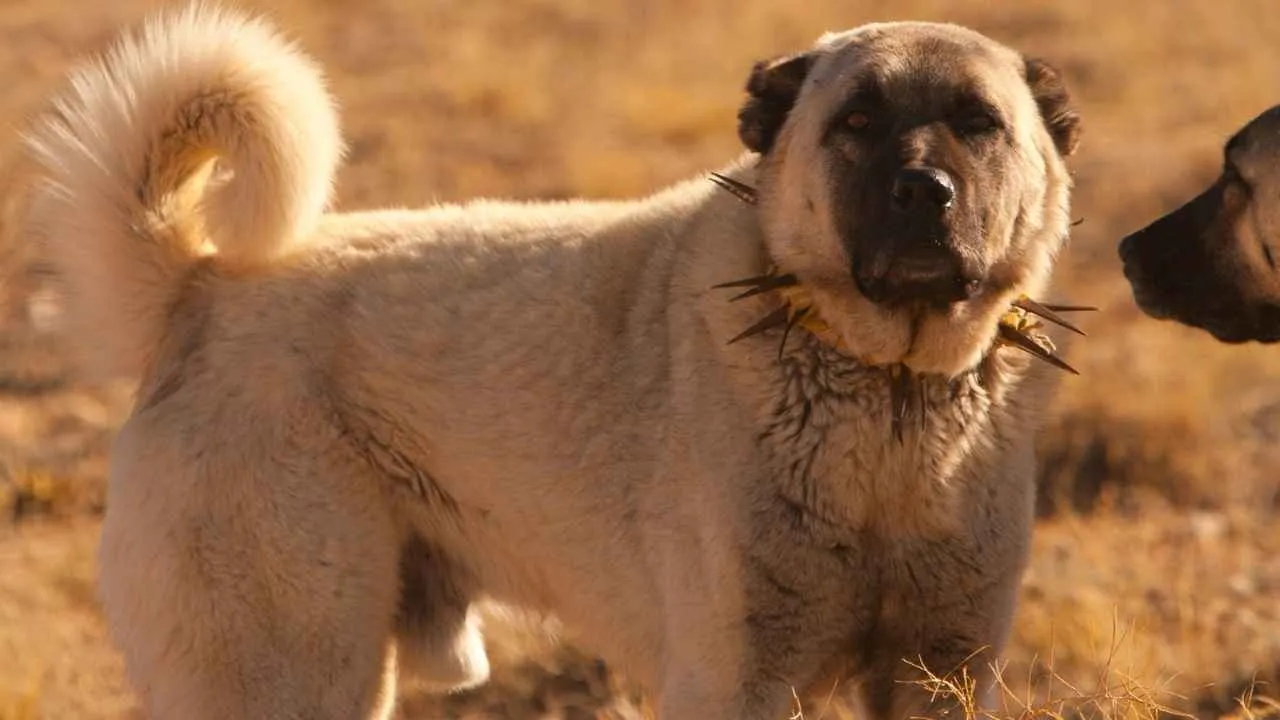
Breed Profile
Breed Group: Working Group
Height: 29 inches (male), 27 inches (female)
Weight: 110–150 lbs (male), 80–120 lbs (female)
Lifespan: 10–13 years
The Anatolian Shepherd Dog is an ancient breed with roots tracing back to Turkey. Massive and powerful, this breed was developed to guard herds in open fields. Calm, steady, and deeply loyal, they remain one of the most reliable guardians for flocks and property today.
Anatolian Shepherds are often used as livestock guardians. They are typically deployed in pairs to live with the animals full-time.
Instead of herding, they focus entirely on protection, standing watch, and repelling predators such as coyotes. Their independence makes them excellent working partners in wide spaces where constant human supervision isn’t possible.
The breed is known for its courage and territorial nature, but also for its loyalty and devotion. They are alert, responsive, and serious about their job.
While not suited for every home, the Anatolian Shepherd Dog is unmatched in its ability to guard livestock and remain a dependable partner for those who need a true working guardian.
7. Rottweiler
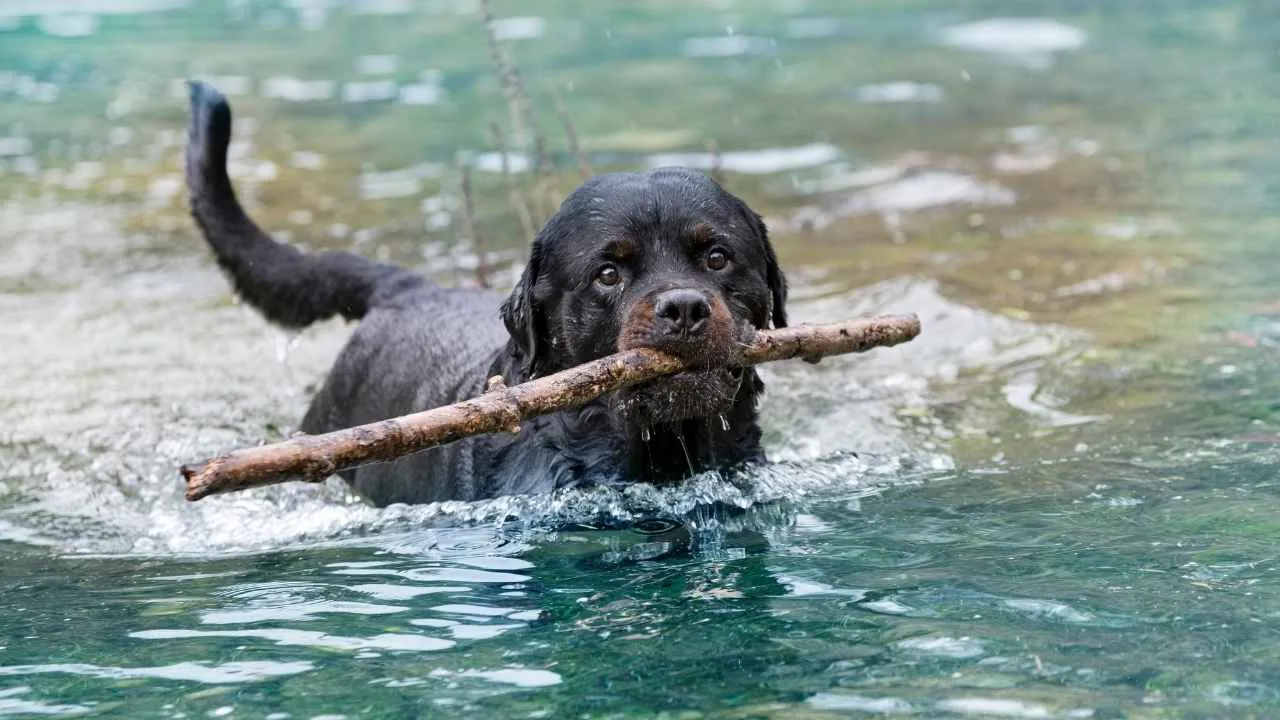
Breed Profile
Breed Group: Working Group
Height: 24–27 inches (male), 22–25 inches (female)
Weight: 95–135 lbs (male), 80–100 lbs (female)
Lifespan: 9–10 years
The Rottweiler is one of the oldest working dogs, with origins dating back to the Roman Empire. They were once used to move herds from pasture to market and often accompanied butchers on buying trips.
Britannica mentions that these pups were known as “the Butcher’s Dogs.” They not only protected their owners from thieves but also carried money safely in a pouch around their neck.
Rottweilers are calm and intelligent, yet naturally protective. They are devoted to their families and highly alert to potential threats.
With proper socialization and guidance, they balance being both affectionate companions and reliable protectors. Their natural guarding instincts and muscular build make them excellent watchdogs, capable of defending large farms.
Beyond protection, Rottweilers excel in many modern roles. They are often seen in police and service work, search and rescue, and obedience competitions.
Known for their courage and willingness to work, these dogs thrive when they have both structure and purpose. With the right leadership, the Rottweiler becomes a steady, loyal, and trustworthy partner.
Conclusion
Guard dogs have been trusted partners to farmers and families for centuries. From herding and protecting livestock to watching over property, the right dog can make life on a large estate or farm safer and easier. Each breed has its history, strengths, and personality, which means there’s no single perfect choice for every home.
What matters most is finding a dog that matches your land, your livestock, and your lifestyle. With proper care and training, these loyal protectors become more than working animals; they become part of the family. Choosing the right companion ensures not only protection but also years of trust, love, and partnership.


